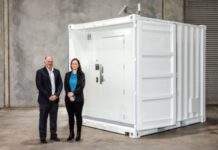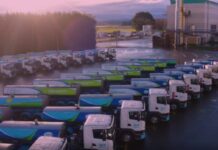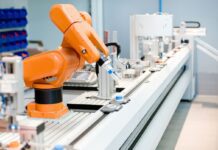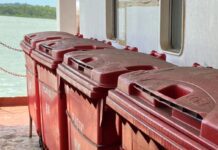
Kimberly-Clark Australia (K-CA), a manufacturer in South Australia, has reached zero waste to landfill at its Millicent Mill facility.
In a media release, the company said it has successfully diverted 100 per cent of waste away from landfills through effective reuse and recycling initiatives.
Renowned for its leading personal care brands such as Kleenex, Huggies, U by Kotex, and VIVA, Kimberly-Clark Australia produces 85,000 tonnes of toilet, facial, and paper towel products annually at the Millicent Mill.
This achievement has been made possible through various key initiatives such as organic-based materials, including off-quality tissue boxes, loose cardboard, and off-quality lotion-treated tissue, which are responsibly managed offsite through composting practices.
Used fabrics and felts are repurposed within the community, with any remaining material utilized for landscaping purposes.
Onsite collection of used batteries ensures responsible recycling practices, supporting local recycling efforts.
A program has been implemented to collect used plastic pails and damaged plastic pallets, which are then recycled into chips for reuse.
Having already achieved a 98 per cent waste reduction last year, Kimberly-Clark Australia has partnered with Waste ResourceCo to repurpose the final 2 per cent of waste into energy, further enhancing its sustainability efforts.
Looking ahead, Kimberly-Clark said it aims to drive efficiencies and reduce emissions further.
Additionally, the company said it is exploring the use of green hydrogen as an alternative energy source to further reduce its environmental footprint.
Adam Carpenter, Mill Manager at Kimberly-Clark Australia, expressed excitement about the achievement of zero waste at the Millicent Mill, highlighting its significance for both the company and the broader manufacturing sector in Australia.
“Having surpassed our initial greenhouse gas reduction goal early in 2022, our current focus is on reducing our Scope 1 and 2 emissions by 50%, by 2030.”
He continued, “As of 2023 we’ve achieved over 30% in reduction efforts, so we’re well on-track and actively exploring various avenues to drive this figure even lower in the years to come.”
Carpenter also underscored the advantageous position of being based in South Australia, a region known for its leadership in climate action, and highlighted collaborative efforts with industry and government partners to meet reduction targets.




















